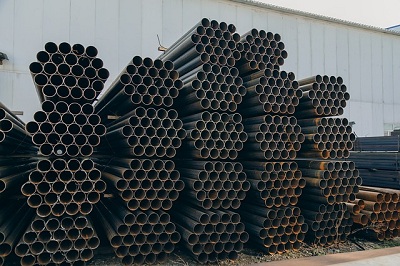Pipe Weight Calculator
You are an engineer designing a new water supply system for a busy city. You walk through all the big roads and small lanes, visualising the massive pipes that will carry clean water to thousands of homes. But wait, how will you ensure that the pipes can handle the pressure? This is where the Pipe Weight Calculator comes into play. Using this calculator ensures getting the correct measurement of pipes, no more, not less.
The Importance of Knowing Pipe Weight
Understanding the weight of pipes is crucial in ensuring that your project runs smoothly and safely. Pipes come in various sizes and materials, each with its specific weight, which can affect installation and support structures. Do you know how to calculate the weight of a pipe? Let’s find out.
How to Calculate Pipe Weight
To calculate the weight of a pipe, you can use the formula:
Weight (kg)=4π×(Outer Diameter2−Inner Diameter2)×Length×Density
Let’s break it down with a quick calculation. Suppose you have a PVC pipe with an outer diameter of 50 mm, an inner diameter of 40 mm, a length of 3 m, and a density of 1400 kg/m³.
Plugging in the numbers:
Weight=4π×(0.052−0.042)×3×1400=8.8 kg
How simple was that? Now you have a reliable figure to work with.
Real-Life Applications
- Water Supply Systems:
When installing a water supply line, knowing the weight of the pipes ensures that the supports can handle the load.
For example, if you need to install a 100 mm steel pipe to transport water over a long distance, understanding its weight helps determine the spacing of support brackets to prevent sagging.
- Gas Pipeline Projects:
In gas distribution systems, knowing the weight of the pipes is vital for safety.
If you are working with a high-pressure gas pipeline, calculating the weight helps in selecting the right valves and fittings that can handle the operational stress.
So, are you ready for your next installation?
FAQs about Pipe Weight Calculator
The load capacity of a steel pipe depends on its material strength, diameter, wall thickness, and height, typically calculated using structural engineering formulas.
Multiply the pipe’s internal volume (π × radius² × length) by the density of water (62.4 lbs/ft³) to find the water weight.





